Great Kids’ Books, Part II
The best Jewish chapter books of 2009
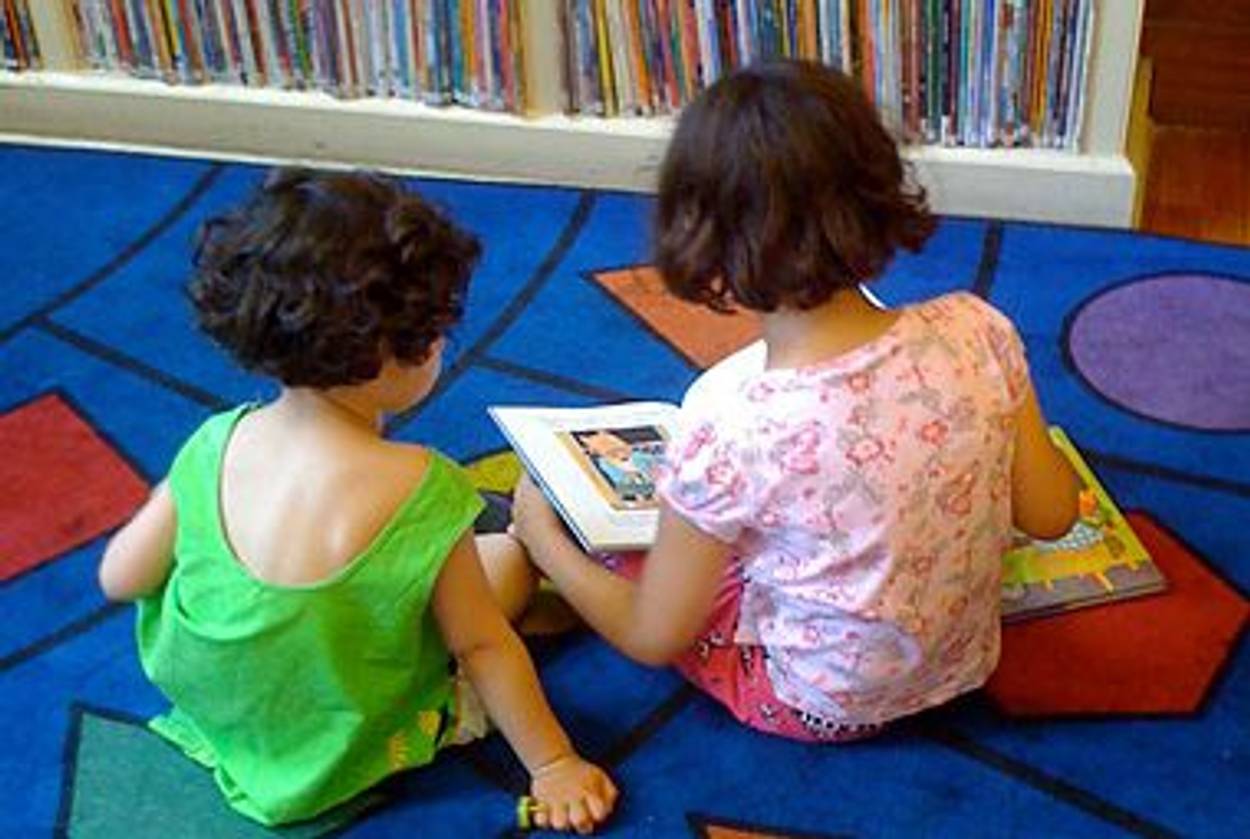
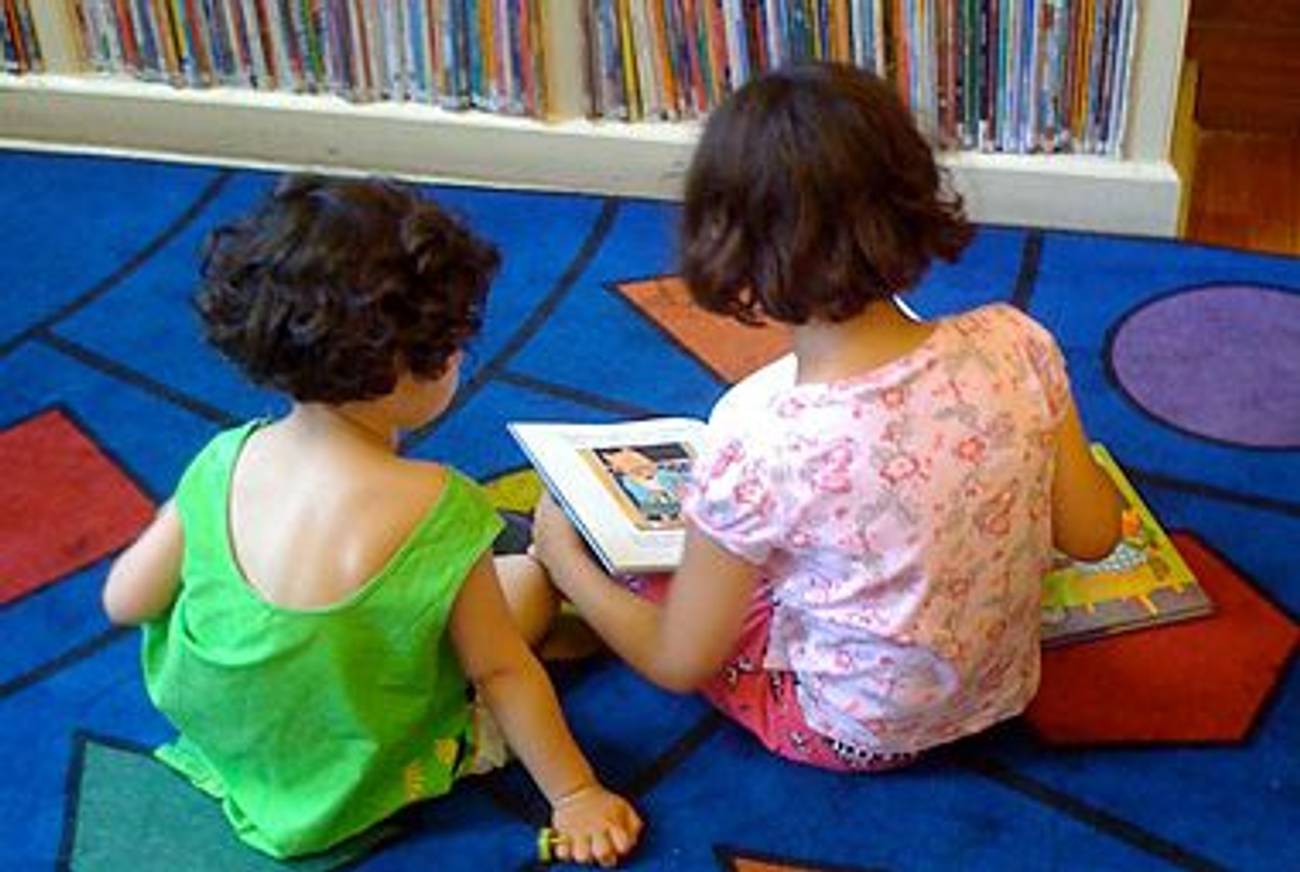


Last week, we looked at the best Jewish picture books of 2009. Now let us applaud the year’s best chapter books.
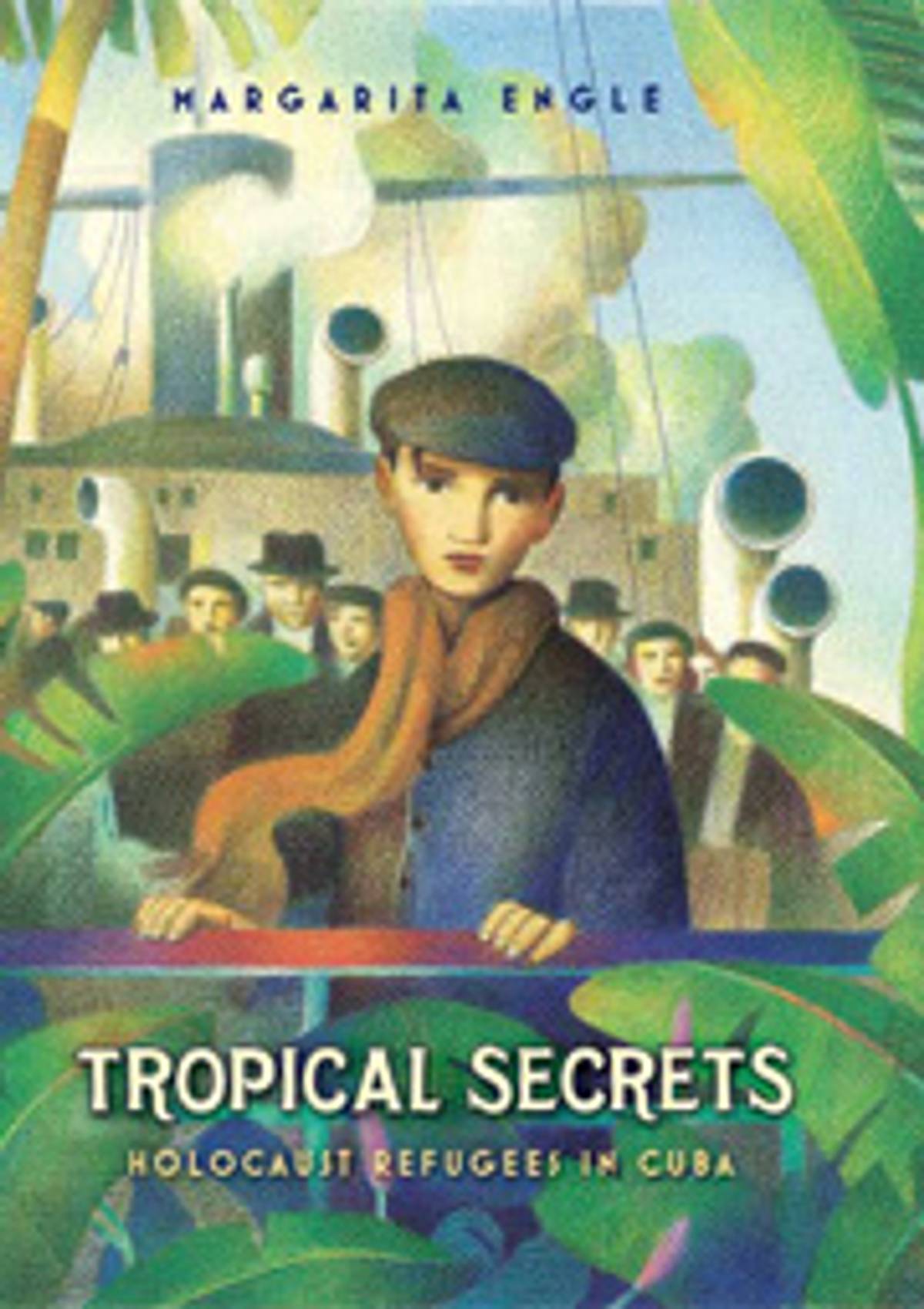
Tropical Secrets: Holocaust Refugees in Cuba by Margarita Engle (Macmillan). It’s 1939. Daniel, age 13, is a German-Jewish refugee. His grandfather was killed on Kristallnacht; his parents, poor musicians, wiped out their savings to shove him onto a ship they thought was going to New York. But Daniel instead winds up in Cuba, where he befriends Paloma, 12, whose corrupt father is making a lot of money off Cuba’s suddenly huge refugee population. The book is written entirely in verse, in short poems spoken by its different characters. The language is ravishing—you feel the heat, smell the flowers, see the turquoise and yellow casitas, taste the ice cream. Images of broken glass and musical notes abound. And I learned stuff—I had no idea the Cuban government locked up non-Jews of German descent, fearing they were Nazi spies. There’s even suspense—will Paloma’s evil father catch and punish our heroes as they try to hide an intermarried couple? So much happens in so few words. Yet I fear this book will be hurt by its lousy title and subtitle (“Tropical Secrets” sounds like a Cinemax porno, and “Holocaust Refugees in Cuba” sounds like a boring history paper). And the cover is pretty but bland, exactly the opposite of what’s inside. This book is vibrant, exciting and moving—definitely my favorite of the year. I pray young readers will open it. (Grades 4-10)
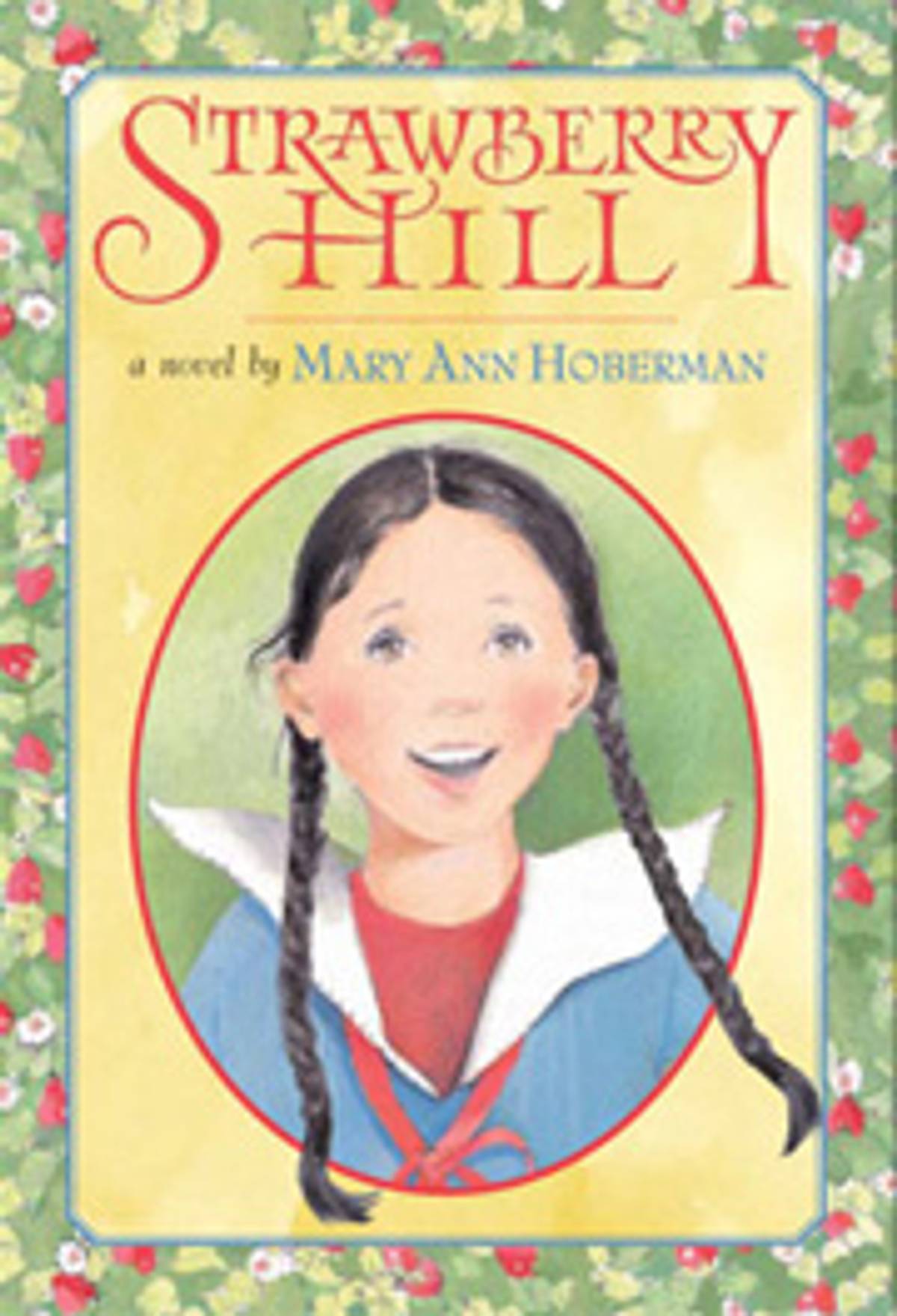
Strawberry Hill by Mary Ann Hoberman, illustrated by Wendy Anderson Halperin (Little, Brown). I am crotchety: I hated the title of the last book; I hate the art in this one. Josie wouldn’t pick it up because the book looked both dated and babyish, with its garish cover and super-perky protagonist with long braids. But inside is old-fashioned storytelling of the best sort. Set during the Great Depression, the story is about 10-year-old Allie, coping with her family’s move to a new house in a new town on a street called Strawberry Hill. Once I forced Josie to pick it up, by denying her food and water for several days, she adored it. Hoberman, our nation’s Children’s Poet Laureate, is a terrific storyteller, and she gets girl-friendship dynamics just right. Allie wants to be best friends with her new neighbor Martha, who is pretty and self-possessed; she does not want to be socially tainted by her new neighbor Mimi, who is chubby and over-eager and unpopular (but secretly pretty fun). When Martha’s best friend Cynthia (deliciously hateful) calls Allie a “dirty Jew,” Allie has to figure out what her own values really are. The book offers important but not leaden lessons about tolerance, and any girl who has navigated the treacherous waters of friendship (that is: any girl) will appreciate the satisfying resolution. (Grades 2–5)
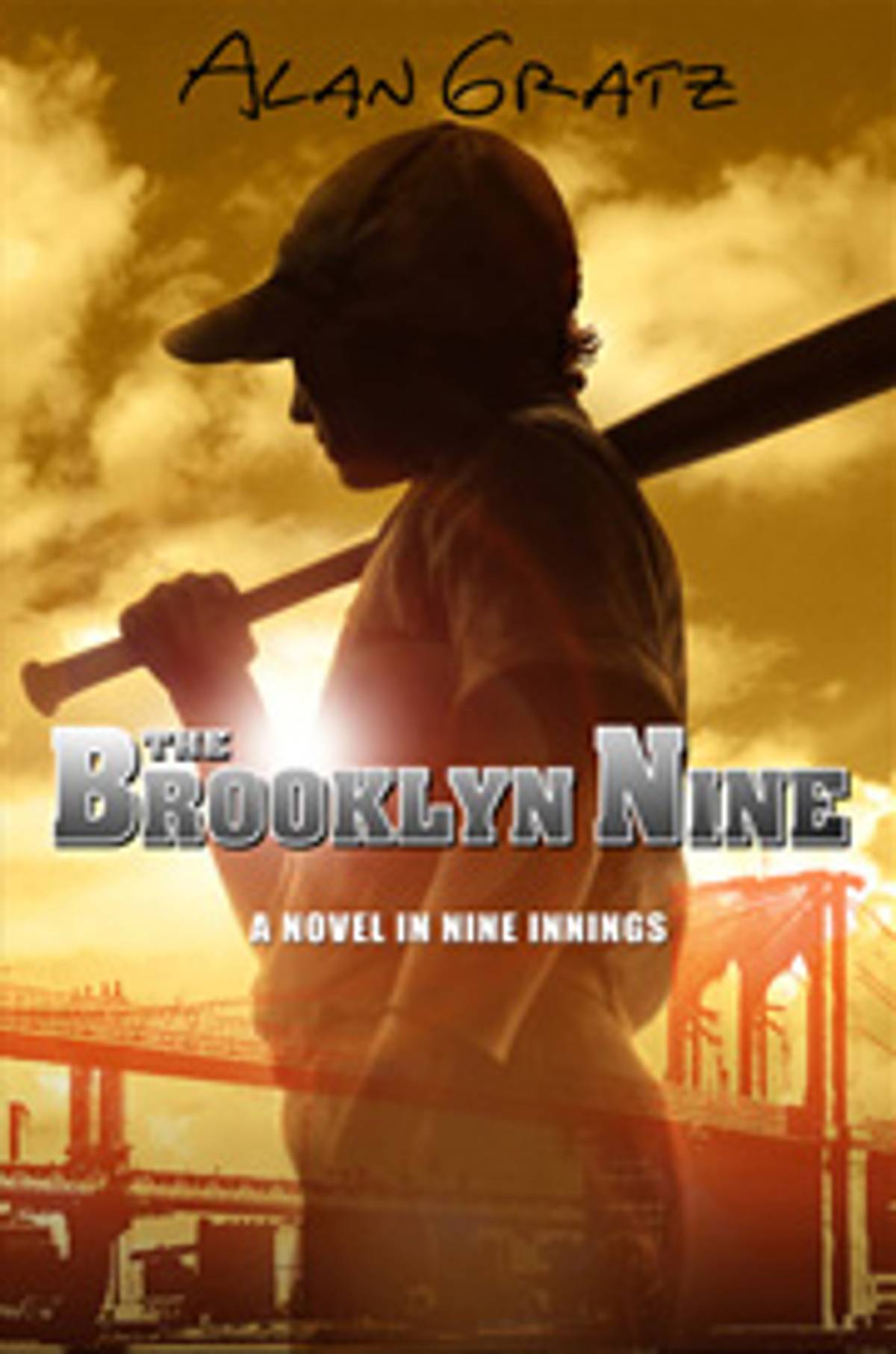
The Brooklyn Nine: A Novel in Nine Innings by Alan Gratz (Dial Books for Young Readers). Nine generations of the Schneider family have loved baseball, and each generation gets an inning—I mean, a chapter—in The Brooklyn Nine. In 1845, 10-year-old Felix Schneider arrives from Germany and falls in with the New York Knickerbockers, a volunteer fire brigade that plays a familiar game when they’re not battling blazes. In 1864, Louis’s son Arnold meets his hero, one of baseball’s first stars, now a drunk and dissolute vaudevillian. In 1908, Arnold’s son Walter, batboy for the Brooklyn Superbas, tries to sneak the first African-American player into the majors by telling everyone he’s Native American. In 1926, Walter’s daughter Frankie, a Brooklyn Dodgers-worshipping math whiz, runs numbers for a local mobster and befriends a louche New York Times sportswriter. And so on. There’s more than 150 years of history here, and it all goes down easy, as delicious as peanuts and Crackerjack. You learn about the Civil War, the All-American Girls Baseball League, Sputnik and, um, eBay. There’s loads of humor and familial warmth, and Gratz does a great job with characterization, especially given how short the chapters are. (Frankie’s my fave.) Endnotes clarify what’s history and what’s poetic license; that New York Times sportswriter actually existed! I’m not a huge baseball fan but I adored this book—I can only imagine how an actual baseball fan would plotz. (Grades 4-9)
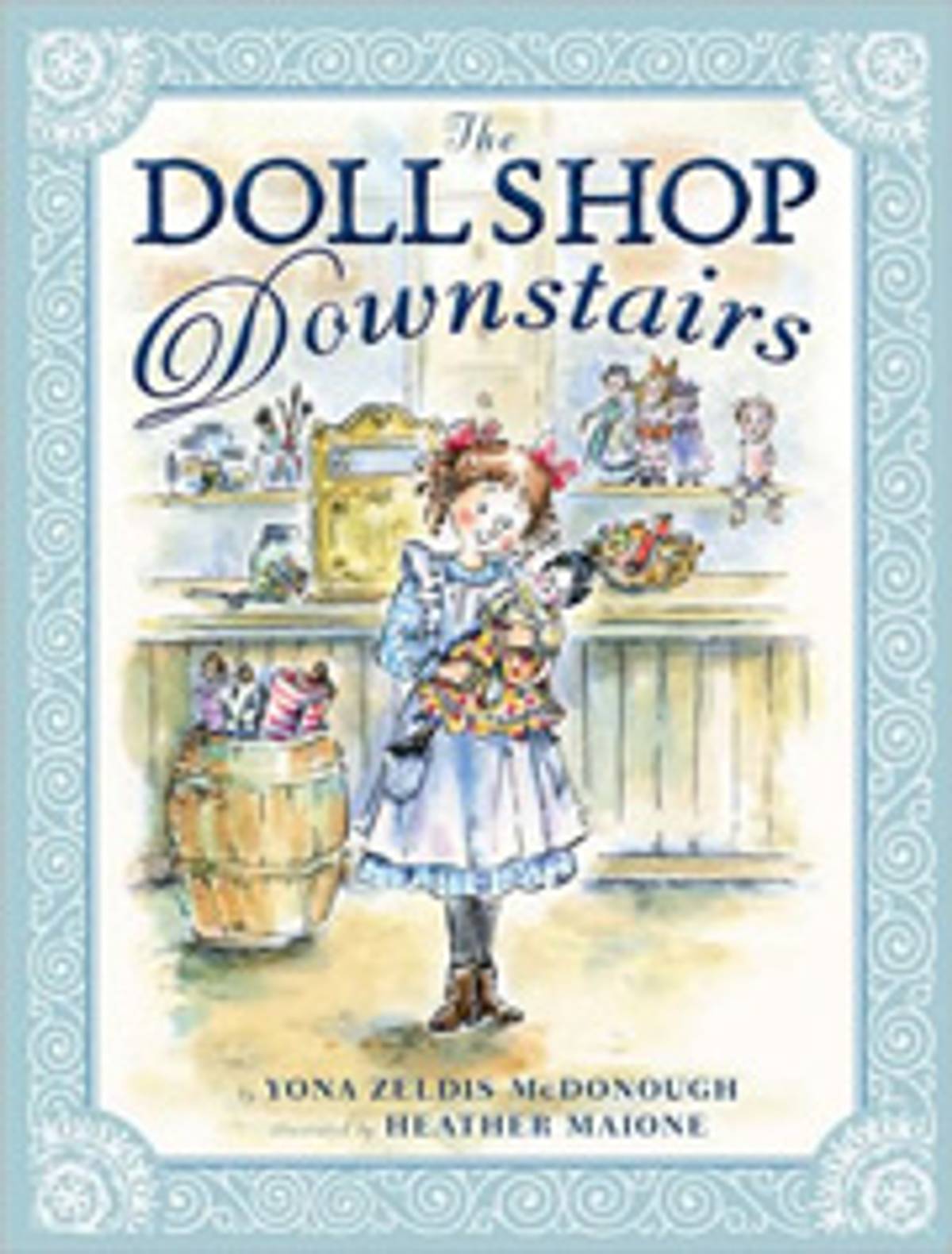
The Doll Shop Downstairs by Yona Zeldis McDonough, illustrated by Heather Maione (Viking Juvenile). This tale feels as if it could have been written a lifetime ago. Loosely based on the true story of how Madame Alexander dolls were created, The Doll Shop Downstairs looks at a Russian-Jewish family on the Lower East Side at the dawn of World War I. The family owns a doll-repair shop, but when war breaks out, doll parts can no longer be sent from Germany. The financial situation looks grim until Anna, the family’s middle daughter, has an idea that saves the day. McDonough (The Doll with the Yellow Star) does beautifully with the sibling rivalry among the family’s three daughters, and Josie loved the way the book depicts imaginative play with broken dolls awaiting service in the shop. The book isn’t as rich and detailed as the All-of-a-Kind Family series, but it has loads of flavor. (Minor quibble: why did no one catch that the name of legendary toy store F.A.O. Schwarz is misspelled throughout?) (Grades 1-4)

Brenda Berman, Wedding Expert by Jane Breskin Zalben, illustrated by Victoria Chess (Clarion). “Brenda had this whole wedding planned, and it wasn’t really important whose wedding it was.” Drama queen Brenda has always wanted to be a flower girl in a gold lamé dress with sparkly shoes and a diamond tiara, walking down an aisle alone. But her beloved uncle and soon-to-be aunt are ruining her vision with ideas of their own. They want her in lavender? They want her to walk with some other girl, her new aunt’s niece? Feh. But in the end, Brenda stops being such a pill and discovers that weddings are really about welcoming new family into our lives. And about having cake and punch, recipes for which are included in the back. This book, from the creators of Baby Babka, the Gorgeous Genius, offers a heroine who’s high-spirited but not as annoying as that farshtunkiner Eloise or Pinkalicious. I like the friendly, small, square size and the lumpy, big-nosed jolie-laide (that’s putting it politely) drawings—Brenda looks like the mutant offspring of Tomi DePaola (Strega Nona) and Harriet Pincus (Tell me a Mitzi). (Grades K-3)
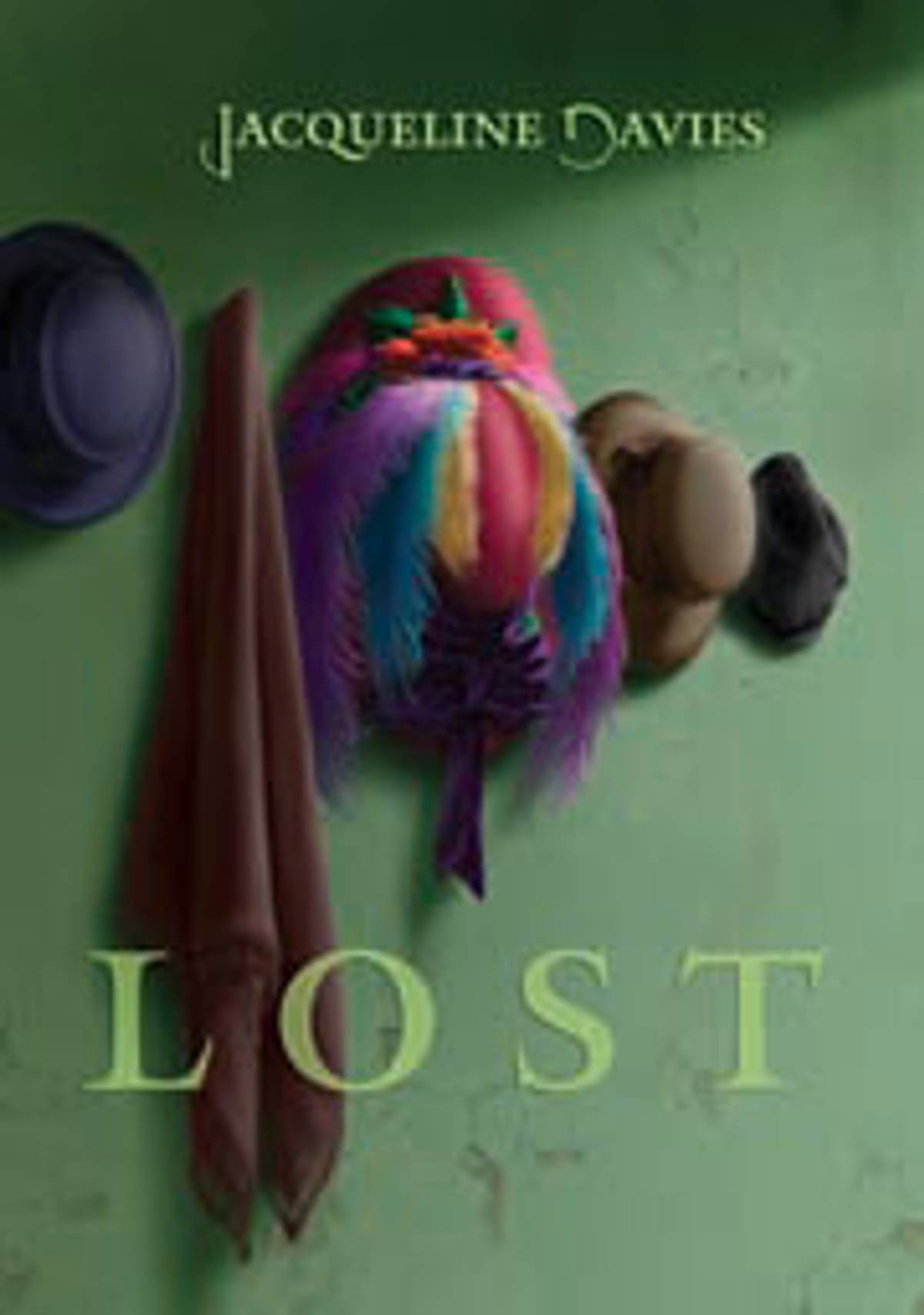
Lost by Jacqueline Davies (Marshall Cavendish). Essie is a 16-year-old seamstress on the Lower East Side who adores and spoils her beloved little sister Zelda. Harriet is a secretive, snazzily dressed new worker at the garment factory where Essie works. Their stories are suffused with secrets. They’re both, well, lost. And the sense of foreboding is almost unbearable. I had a hard time getting through the first 50 pages. But I am an adult who knows the history of the Triangle Shirtwaist Factory, where the girls work, and I am the mother of a little girl who is a lot like Zelda. Tween and teen readers won’t have this baggage. And I suspect they’ll love this book. Yes, there’s an awful lot of coincidence to keep the wheels of the plot turning, but the atmosphere and details are beautifully drawn. And when the fire finally arrives—whoa. (An afternote offers still more historical perspective.) It’s hard to believe the same writer wrote The Lemonade War, a middle-grade novel about contemporary suburban kids competing to sell tasty beverages. Now that’s range. (Grades 7-12).

The Importance of Wings by Robin Friedman (Charlesbridge). This story is set in the 1980s; the main character is almost exactly my age. The title, of course, refers to the perfect flip of feathered hair, created with a round brush and a blowdryer. Josie was baffled and fascinated as I explained how vital good wings really were to my preteen identity back then. But Roxanne, 13, has even more problems than I did: she’s Israeli and desperate to assimilate, her dad’s away all day driving a cab, her mom’s off visiting family in Israel, she lives in Staten Island next to a house all the neighborhood kids think is cursed, she’s afraid of gym class, and she’s not popular. So she escapes into reruns: Little House on the Prairie, Superfriends, The Brady Bunch, Wonder Woman—all illustrations of the elusive, ideal American life she craves. Then another Israeli girl, Liat, moves in next door, and Roxanne gradually learns to reframe what’s important. This was Josie’s favorite book on the list, and it’s very readable. I like that it depicts completely secular Israelis, a portrayal that may surprise many American kids. (Grades 3-7)
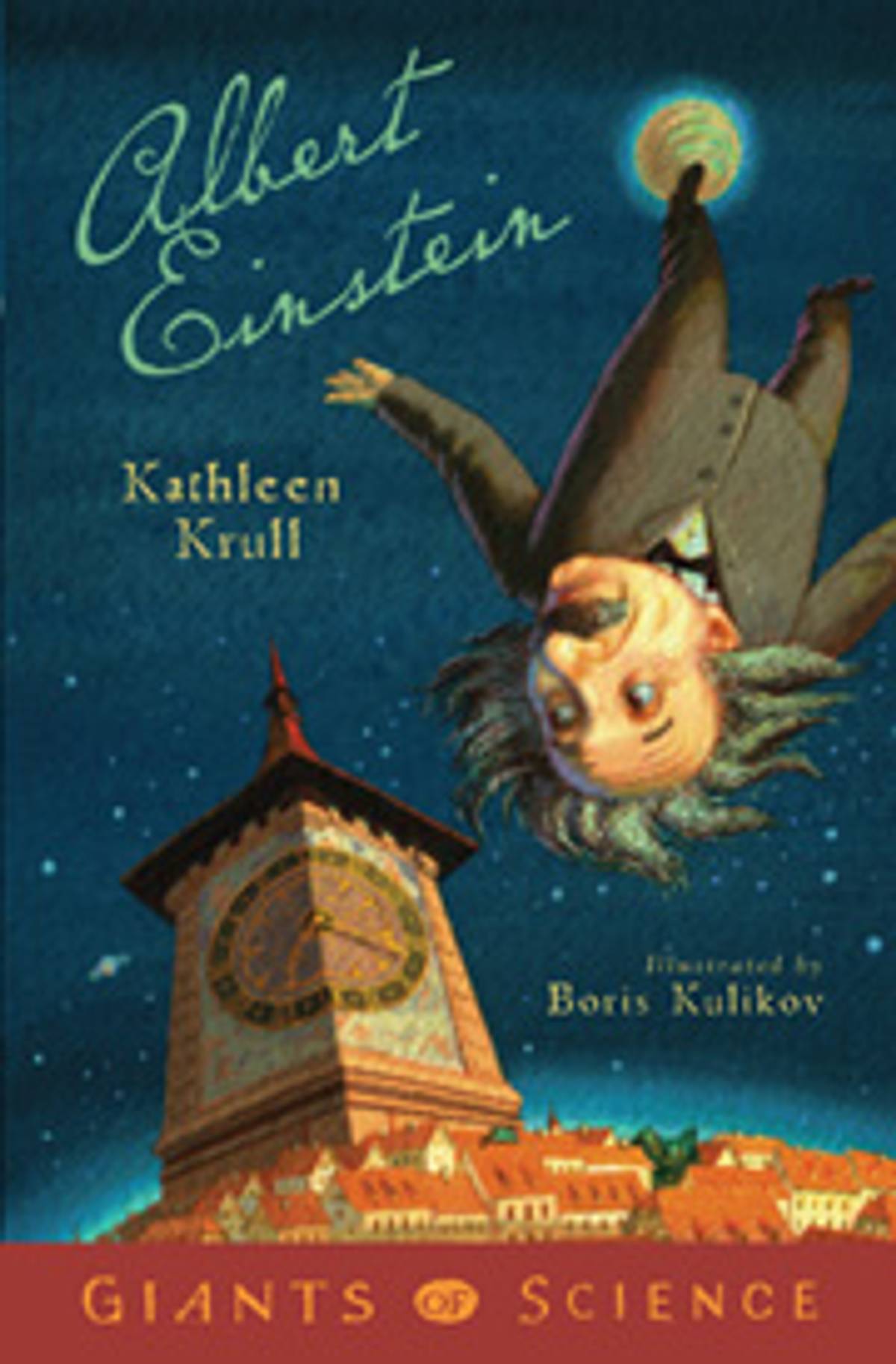
Albert Einstein by Kathleen Krull, illustrated by Boris Kulikov (Viking Juvenile). A biography of the genius, written and illustrated by the same team that created the brilliant 2008 picture book Fartiste, about Edwardian-era Moulin Rouge gas-passing performance artist Joseph Pujol, “the man who made his pants dance.” (Talk about range! Jacqueline Davies, you just got schooled.) This book grabs you from its very first, unpretentious sentence: “Albert Einstein had major bedhead.” Krull uses terrific anecdotes and quotations from the great man (he said of himself, “I am no Einstein”) and discusses how he coped with anti-Semitism and the terrifying consequences of his discovery of relativity. (He became an anti-war and social-justice activist.) The book doesn’t shy away from Einstein’s darkness—it talks about his arrogance, crappy people skills, crappier parenting, and even crappier husbanding. (“I treat my wife as an employee whom I cannot fire,” he said.) I still don’t understand much of the science in the book, despite a noble effort by Krull; she works around the physics by explaining that fiber optics, TV, cell phones, smoke alarms, and GPS systems wouldn’t exist today without Einstein’s work in quantum theory. That works for me. (Grades 4-7)
There you go. Happy Hanukkah! Buy a book!
Marjorie Ingall is a former columnist for Tablet, the author of Mamaleh Knows Best, and a frequent contributor to the New York Times Book Review.